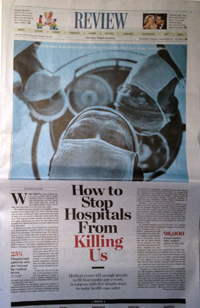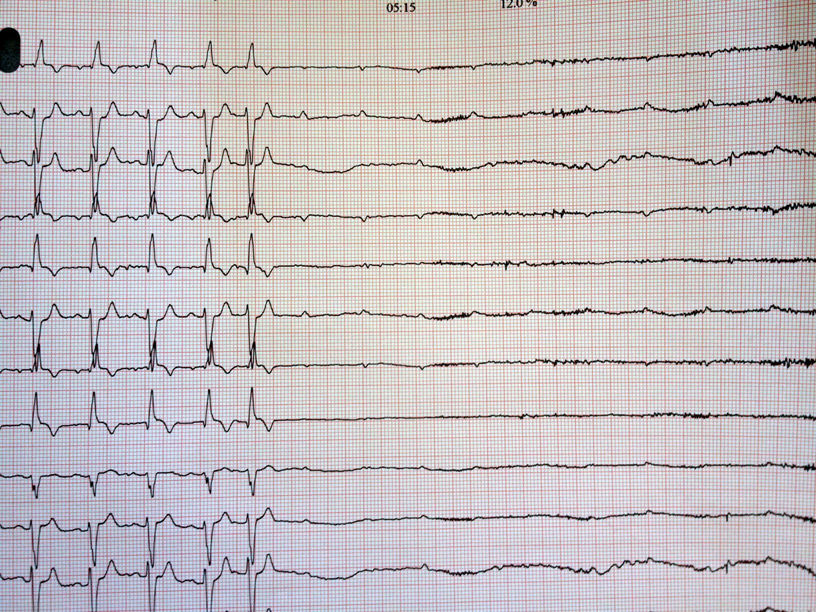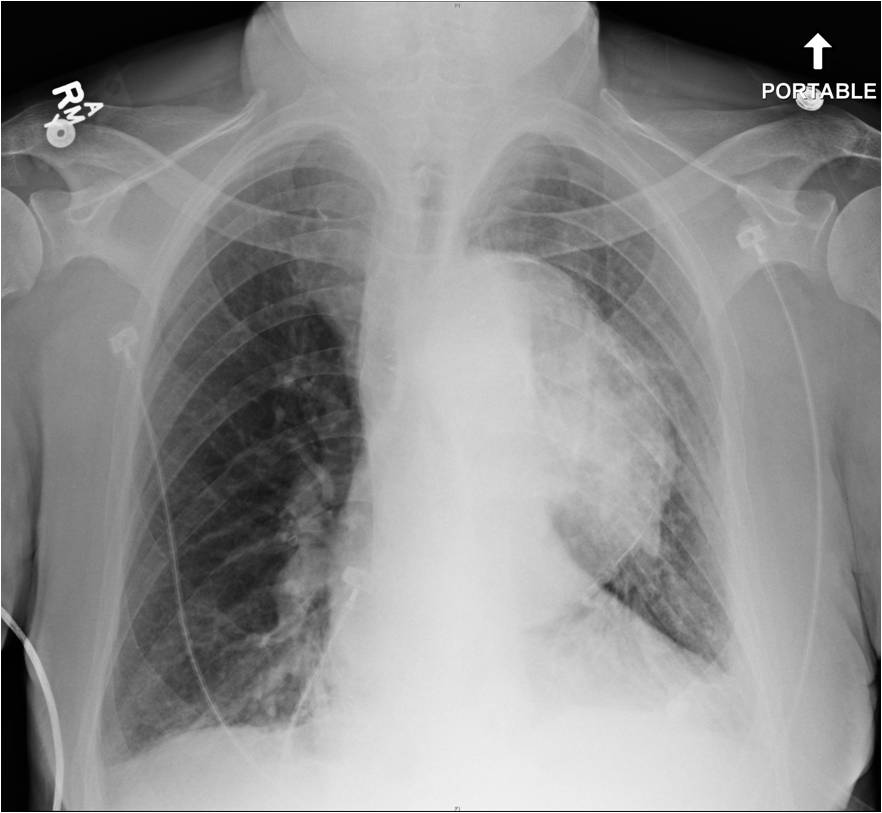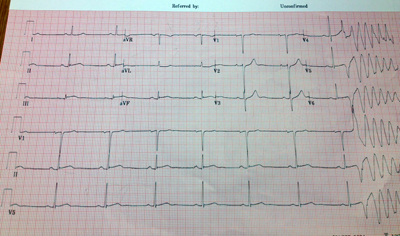Not long ago in this blog, I wrote about one of my colleague's tears as she hung up the phone after a bitter patient berated her for making a surgical schedule change. Tired and exhausted and still with consults and pacemaker checks to perform, she was returning a series of phone calls at the end of the day long after most people had already headed home. She tried to maintain control, but after that call, the damage was done.
I have seen this happening over and over again recently. The stress is palpable in our profession that cares for people's most prescious commodity, their health, while under extreme pressure to do more with less.
For businesses everywhere, the balance of costs with productivity to assure profit is nothing new. But in health care where people's lives are in the balance, the stress to health professional personnel is particularly palpable, especially now as huge transformative shifts are underway in how health care is being delivered in America.
So it was from this background that I struggled to understand why an exerpt from a heavily promoted book on patient safety appeared recently in the Wall Street Journal. Why should an article about five simple steps to "keep hospitals from killing us" bother me so? After all on the surface, it's such an important concept.
Perhaps I was bothered that "killing" was used in the byline when there are so many of us trying to prevent harm or do good for patients. Perhaps it was because some of the insinuations made in the book lacked a national perspective. Perhaps it was because some of the suggestions made were just more top-down Big Brother ideas that detract from actual patient care. Perhaps it was all of these. But after considerable reflection, I realized there was something else: a another overriding phenomenon that I was having a hard time putting my finger on.
I submitted the following letter to the Wall Street Journal Wednesday. They elected not to publish it. This really did not come as a surprise since it was quite critical of their coverage of the patient safety issue. But after showing the letter to a number of well-respected colleagues, they all encouraged me to publish it here. Hopefully it will make people think about the complicated psychology of what's happening on the front line of health care these days.
Holding the Wall Street Journal Accountable
Since when does a book promotion get a full page and a half of prime news print in one of the most respected business newspapers in the world? Usually a story that commands that much newsprint in the Wall Street Journal is written by one or more seasoned journalists to make sure all sides of the story are reported.
 |
| Full-page WSJ Story 21 Sep 2012 |
Doctor versus doctor: it just doesn't get any better for Main Stream Media.
But did anyone think to ask Dr. Makary if maybe the reason those older doctors don't use laparoscopic techniques is because they work at an inner city hospital with a limited budget without all the trappings of an academic medical center?
No. That would be reporting.
I am trying to understand the Wall Street Journal's motivation for their recent move. It is both puzzling and concerning. But at its core, it's probably quite simple to understand. I should probably follow the money. After all, we're all aware of the problems print media is having these days.
My bet is there's Big Business behind the Wall Street Journal's journalistic move.
And who's Bigger Business or Bigger Money than the insurance industry or the hospital industry? After all, medicine is the Biggest of Businesses in America.
Now before you go laughing at my conspiracy theory, ask yourself if there might be a problem with the perfectly even 98,000 number of deaths caused by medical errors touted by the Institute of Medicine in 1999 and highlighted in the Wall Street Journal's patient safety piece. Ask yourself why a professionally-produced book trailer promoting Dr, Makary's book that HAD to cost upwards of a quarter million dollars to produce winds its way on to the Internet. Ask yourself why no one would research the background of the players in that video and their motivations to appear in it. Was their motivation truly altruistic? Or in this era of the creation of Big Box medical care delivery, might there be another reason?
These days, the majority of today's American doctors are in the unenviable position of trying to be true patient advocates while promoting a Big Box medical model that has been foisted upon them and, for the majority of us, serves as our employer. The world loves idealists and none more so that Big Box Medical Center administrators and thought-leaders. Getting a physician
But is this new paradigm of journalistic reporting and wholesale promotion of one doctor's five ideas for patient safety without consequences? Can we afford perfect safety and all of the costs it entails while throwing our doctors under the documentation bus (or Big Brother camera) as they are asked to take incredible risks on behalf of their patients, be omnipresent, omni-available, impeccably skilled, omni-credentialed, omni-sympathetic all while seeing more patients in less time? Must we be made to believe, without reservation, that doctors (or any of the hundreds of people who work on each doctor's behalf) aren't human and subject to error?
I am seeing a culture of hostile dependency growing toward caregivers. The theme is like an adolescent who realizes his parents have feet of clay. He comes out of his childhood bubble and realizes his parents have failures and limitations because they are human beings. This results in the adolescent feeling unsafe, unprotected and vulnerable. Since this is not a pleasant feeling, narcissistic rage is triggered toward the people he needs and depends on the most. None of this occurs at a conscious level. Most of us understand this behavior simply as "adolescent rebellion," not understanding the powerful issues at play. So when we spotlight one side of the patient safety story without acknowledging the realities health care workers face like looming staffing shortages and pay cuts, we risk fanning the flames of narcissistic rage against the very caregivers whom we depend on the most - the very caregivers who are striving to do more with less, check boxes while still looking in the patient's eyes, meet productivity ratios, all while working in a highly litigious environment. Why would we do this and why would we allocated money as Dr. Makary suggests, for punitive top-down solutions instead of spending that same money on supporting and educating our frontline providers?
A good journalist would investigate all sides of the story and understand its impact. A one-sided full-page book promotion by a non-journalist in the well-respected Wall Street Journal that reduces the serious patient safety issues in today's Big Box medical organizations to "5 simple steps" is nothing more than a cheap shot at the majority of doctors who choose to carefully and tirelessly treat their patients as safely as they can without basking in the glow of Main Stream Media.
-Wes



